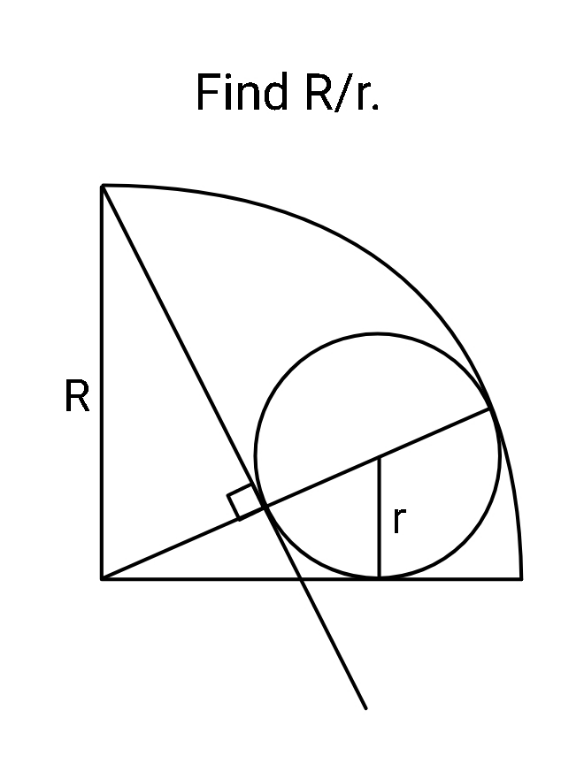
AllQuestion and Answers: Page 529
Question Number 166690 Answers: 1 Comments: 0
Question Number 166687 Answers: 1 Comments: 1
Question Number 166686 Answers: 0 Comments: 1

Question Number 166685 Answers: 0 Comments: 0
Question Number 166684 Answers: 0 Comments: 0
Question Number 166683 Answers: 0 Comments: 0

Question Number 166678 Answers: 1 Comments: 0
Question Number 166676 Answers: 1 Comments: 0

Question Number 166670 Answers: 0 Comments: 3

Question Number 166695 Answers: 2 Comments: 0

Question Number 166693 Answers: 0 Comments: 0
Question Number 166660 Answers: 1 Comments: 0
Question Number 166649 Answers: 0 Comments: 1

Question Number 166648 Answers: 1 Comments: 0
Question Number 166641 Answers: 1 Comments: 1
Question Number 166640 Answers: 1 Comments: 0

Question Number 166633 Answers: 1 Comments: 0

Question Number 166628 Answers: 0 Comments: 0

Question Number 166627 Answers: 2 Comments: 2
Question Number 166625 Answers: 0 Comments: 0
Question Number 166653 Answers: 0 Comments: 0

Question Number 166620 Answers: 2 Comments: 0

Question Number 166619 Answers: 1 Comments: 0
Question Number 166617 Answers: 2 Comments: 1

Question Number 166616 Answers: 0 Comments: 0
Question Number 166614 Answers: 0 Comments: 0
Pg 524 Pg 525 Pg 526 Pg 527 Pg 528 Pg 529 Pg 530 Pg 531 Pg 532 Pg 533
